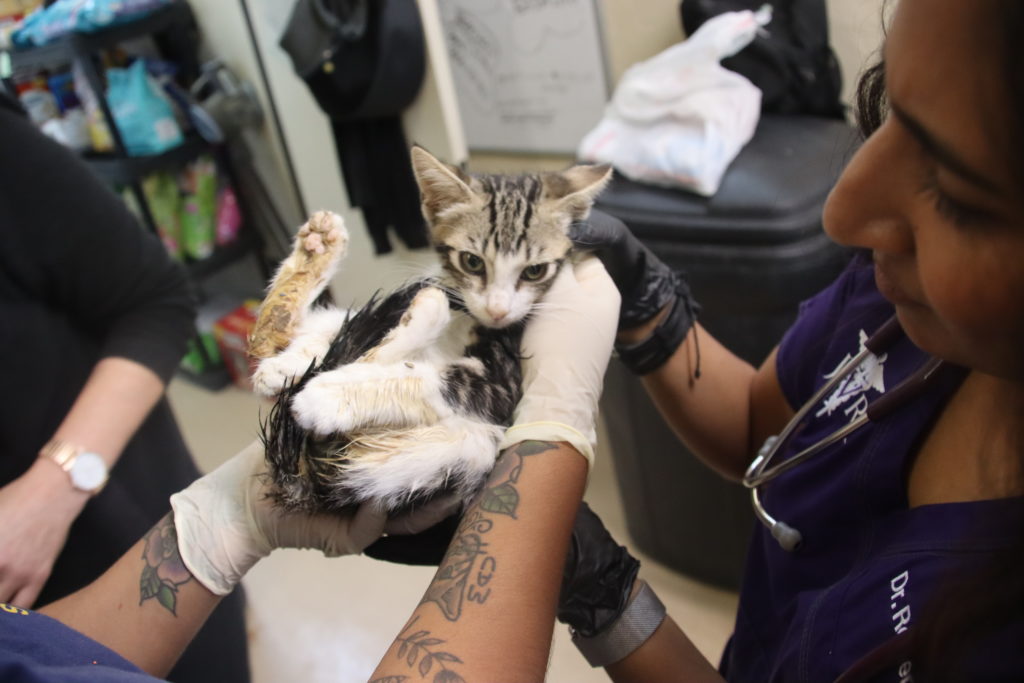In this post, I’ll continue my exploration of animal hoarding behavior. I’ll focus specifically on what the veterinary community can do to observe, prevent, and report such behavior.
If you want to stay vigilant about hoarding and contribute to solutions, here are some things to consider and inquire about before supporting an organization or a rescue client:
- How many animals are currently in the organization?
- How many animals have been adopted within the last year?
- What does the animal intake look like on a yearly / monthly basis?
- What are the average, median and longest length that animals in the organization stay?
- Do they have a 501c3 and/or a current 990 form?
- Do they have a Board of Directors and a clear mission statement?
- Is there a physical location associated with the rescue, and are visitors allowed?
- Is the rescue foster-based or shelter-based? If shelter, how many employees are there?
- How are members or fosters selected and screened?
- What are the adoption and intake processes like?
- How is their relationship with the local veterinarian and animal control organizations?

These questions can give you an insight into the legitimacy of the rescue and if there are any warnings concerning hoarding behavior or connections to clients who hoard.
Of course, the behavior of the owners isn’t the only giveaway. Seeing animals for the following reoccurring problems can be a sign that they aren’t being cared for properly:
- Matted hair with numerous ectoparasites (fleas and ticks)
- Overgrown nails
- Untreated wounds and scars
- Broken or ground down teeth
- Lesions from urine scalding
- Missing fur
- Ear infections
- Appearing very dirty and smelling foul
These symptoms can be manifestations of further complications including abscesses, respiratory diseases (often accompanied with coughing and discharge), feral or unsocial behavior, gastrointestinal problems caused by infectious parasites, and even more. All or some of these symptoms in tandem seen across multiple animals could be a clear giveaway to hoarding behavior.

After a few visits with clients bringing animals in under these conditions, there are a few extra observable conditions to look out for on their behalf:
- Their bills add up
- They keep bringing in animals once without ever following up
- Multiple animals seen for symptoms listed above
- Asks for extra medication for other animals in household
- Will take extreme measures to preserve the animal’s life, even removing from care
- Claims to have found or received multiple animals in their present condition
- Vague, avoidant answers
Staying vigilant to these signs can keep those in the veterinary community from enabling hoarding behavior and even actively halting it. The behavior of hoarding is harmful to both client and animal, and taking the time to ask these questions and train on the patterns of behavior help to keep animals happy and safe.

